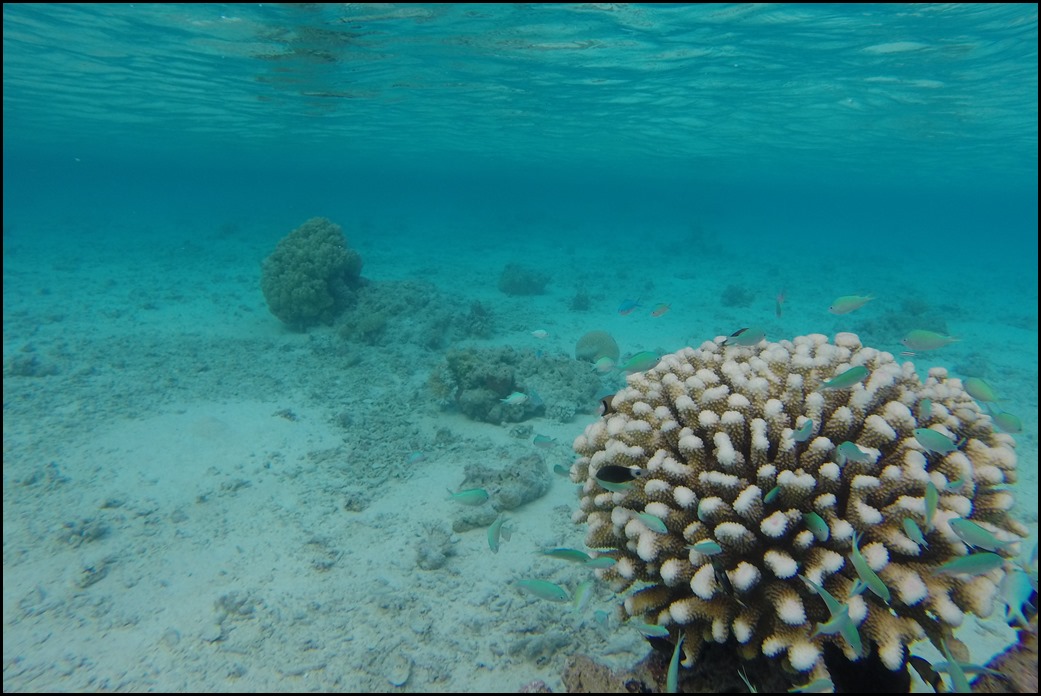
I was jolted awake only minutes after my exhausted clamber into bed. My 6 hour night watch had tortuously stretched out forever. Some watches are a dream and others, for some reason, slow the clock! There had been squalls on and off and the seas were bouncy. I must have fallen asleep the instant my head hit the pillow. Apparently Russ had been trying unsuccessfully to wake me for a good few minutes; he had a problem…. the auto pilot and all the instruments had simultaneously gone down.
He was hand-steering on the port wheel and couldn’t let go. We had a large code zero headsail up, another squall was approaching and he needed to get it down but couldn’t leave the wheel. He had been calling to me but his voice did not carry to the aft starboard cabin. Eventually he jumped across to the starboard wheel and banged on our cabin hatch. I raced up knowing that for him to wake me something serious must be up- “take the wheel- I need to bring in some sail” damn! “hang on-I’ll just get some clothes on” “no! I need to get the headsail in- we are about to get hit with a squall- just take it NOW” It was freezing cold, I was butt-naked and I was trying to hand steer with only a compass in crazy, pitch black conditions after only about 10 minutes of sleep. It’s a funny story now but I was not even slightly amused at the time!….I think I eventually got to sleep 2 hours later and, thankfully, we were able to fix the electronics the following morning after 3 hours of re-wiring.
After a 2 day, 2 night passage a bunch of dolphins welcomed us as we approached Raroria, our first atoll in the Tuamotos. We love it when dolphins ride with us for a while- they playfully slide along our bow waves, swerve in between Tika’s hulls, launch themselves out of the water over and over again and then, at some point, by silent agreement with each other, all at once, disappear. We are strangely elated after a visit by a pod of dolphins.
The Tuamotus are 77 of the geologically oldest islands in French Polynesia and are cast over a boundless stretch of cobalt blue ocean. A Tuamotu atoll consists of low lying reefs and motus formed from the outer edges of volcanic craters. Mid-ocean lagoons that offer sheltered anchorages are formed by these crater ‘rings’ consisting of palm-tree lined coral atolls, shallow sand spits and reefs. The passes into the lagoons are usually channels between islands with intense currents. Water seeks a fast path out of the lagoon in an outgoing current and rushes through the pass to fill the lagoon in an incoming tide.
We arrived at the entry to the pass into the Raroia atoll at dawn an hour or so before slack water. We had been advised to be early and to watch, wait and time our passage into the lagoon as the tide is at it’s slowest. The tide charts (and a tide-time excel spread sheet that was being passed around amongst cruisers like candy), seemed confused about exactly when slack tide was, so we prepared to watch and wait.
In front of us, our friends on S.V Ta-b, a 46 ft. Fontaine Pajot catamaran, were slowly working their way through the pass. The tide still did seem to be running against them so we decided to bob around outside the lagoon while we had breakfast and waited for the water to slack. We called TA-B on the radio to see how they were getting on and they seemed strangely confused to hear that we were behind them as they thought we had already gone through! A case of “don’t follow us…we’re behind you, drinking coffee and watching your progress with interest!”
Although we did wait until close to slack water, this was our first lagoon pass and it was still exciting!- the current was running on our starboard side and the water swirled around us in confused whirlpools as we cut in between the two headlands. Apart from avoiding the islands and worrying about getting pushed towards them by the twirling currents there is also reef to navigate further into the lagoon. Raroia has large port and starboard markers so it was fairly straight forward and we landed inside to find calm waters and a choice of stunning anchorages.
Below; the current off our starboard side as we run through the pass into Raroia- this is very close to slack water. You should see it when it’s running!
We still had to traverse the lagoon which is 6 miles across and littered with a minefield of large coral bommies. Luckily, in the morning sunlight, they were quite visible from up on our hardtop or by a child stationed high on the boom. We also had a digital ‘track’ from a friend who had visited a year ago, so we followed that on our chart plotter and soon arrived at the Kon Tiki anchorage on the east side of the lagoon. Stunning!
Below: Arriving at the Kon Tiki anchorage….
In 1947, a team of Norwegian explorers led by Thor Heyerdahl, journeyed by raft (named the Kon Tiki meaning ‘sun god’) from South America to French Polynesia in an attempt to prove Thor’s theory that the first Polynesians originally hailed from South America. After 101 days and 4300 nautical miles by sail and current alone, they landed on the reef of Raroia where they stayed with locals until a steam ship was able to come and pick them up. We watched the fascinating documentary about the expedition while we were anchored off the motu (that hosts a small plaque erected by the Norwegian government) History again came alive for us through travel!
Most of the islands in the Tuamotu archipelago are only a few meters above sea level and they are classic, postcard, Pacific paradise snapshots! Harsh though, with no fresh water except collected rain water. There are very few fruit and vegetables grown here and, well, it is about as isolated as you could possibly get! There is a very tiny village, a pearl farm and some copra (coconut meat) production but otherwise the locals fish and wait for the supply ship to come by once a month….
Raroia was really, for us, all about our first taste of snorkelling Tuamotus style. We had heard the pass was a great dive/snorkel and decided to dinghy over from our anchorage. We stopped at one of the isolated reef bommies for a look and got a taste of the phenomenal marine life that thrives in the clear, turquoise water of the lagoon. Russ jumped in first and announced that he was right next to a small shark- the kids couldn’t get in quickly enough and just on that one bommie we saw eagle rays, black tipped reef sharks and colourful blue and green lipped clams. The coral was an interesting mix of colourful, soft, flowing, hard, structural, smooth and textural, all brimming with life. With massive drop offs we got the best of everything; flat expanses of coral glinting in the light of the shallows and writhing with tropical fish as well as steep walls with ledges, overhangs and caves where sharks, rays and larger fish linger.
The pass was also incredible. We again waited until the tide turned, dinghied to the outside, jumped in and did a drift dive across a deep channel with steep coral sides and abundant life- back into the lagoon (you don’t want to get the tides wrong and get swept OUT of the lagoon. You really don’t want to do that). We loved it so much and it set the scene for every Tuamotu atoll we visited; we snorkelled through all the passes at least once!
Above right; with Jane and Roger from S.V Ta-b…Below; A grey reef shark
The snorkelling just got better and better and the clear water and abundant sharks meant that we never got bored of snorkelling here! Swimming to the islands in the crystal water was a delight as lines of light danced on the sandy bottom and the streaked shades of blue along the surface was simply mesmerising.
We had some windy days so the snorkelling gear went away and the windsurfers came out! Back in suburbia, Kai and Jaiya would probably have hit the age to enjoy the freedom of riding their bikes to friends houses. They don’t get to do that in the Pacific but this was the first anchorage that our two adventurers started taking flight on their windsurfers to explore distant islands and reefs. They would be off for entire afternoons and after a week here they had named many of the landmarks- there was ‘two-palms island’, ‘sandy spit,’ and ‘shark alley!’
There were not many yachts at Raroia but we quickly made friends with the ones that were hanging around….we shared meals and fires on the beach under immense, starry skies and we started a long-standing 500 card game tournament with our buddies Jane and Russell (aka Roger) from TA-B…
After 8 days in this idyllic place we were feeling very grateful that we allowed ourselves a full month in the Tuamotos. It could never be long enough really- this is our kind of place!
Next post; Makemo and Tahenae; another week another atoll…tropical bliss!
This entry was posted in The Sail.
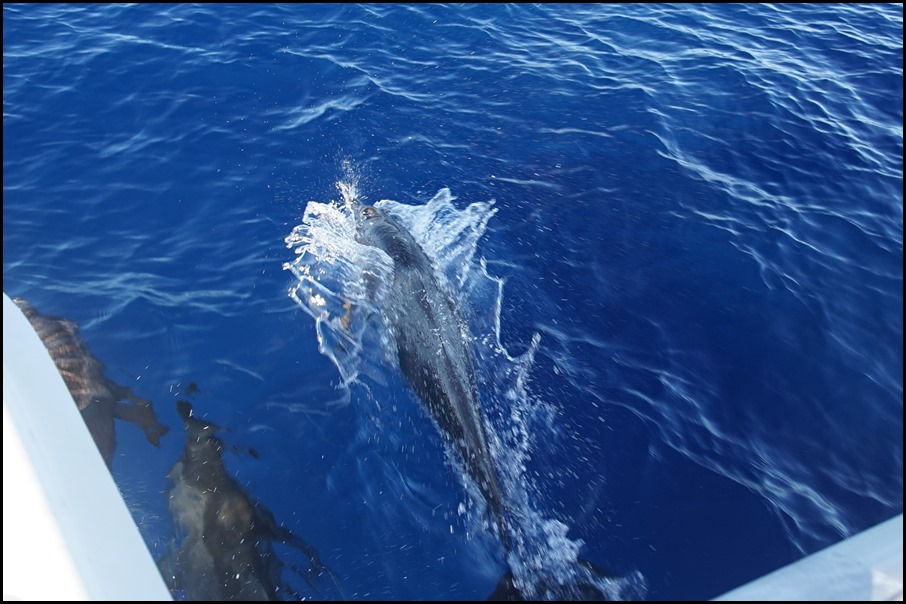
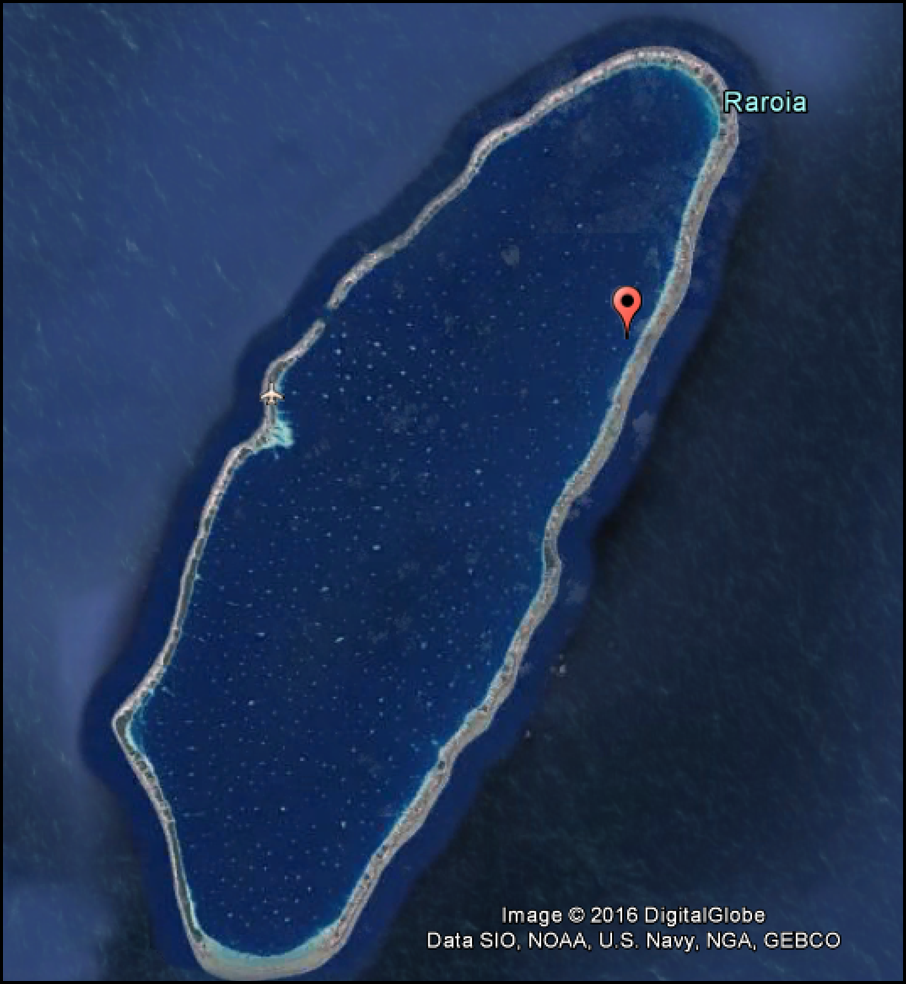
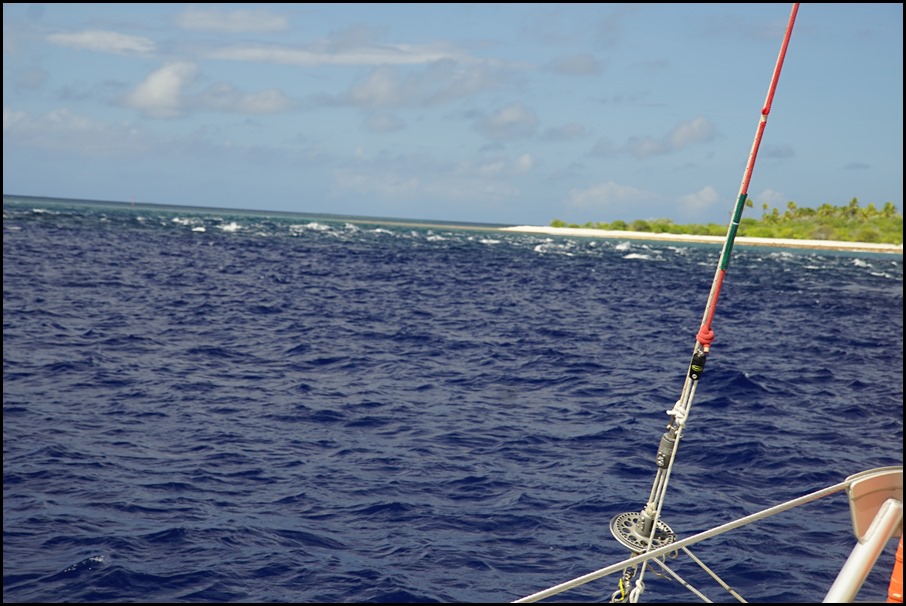
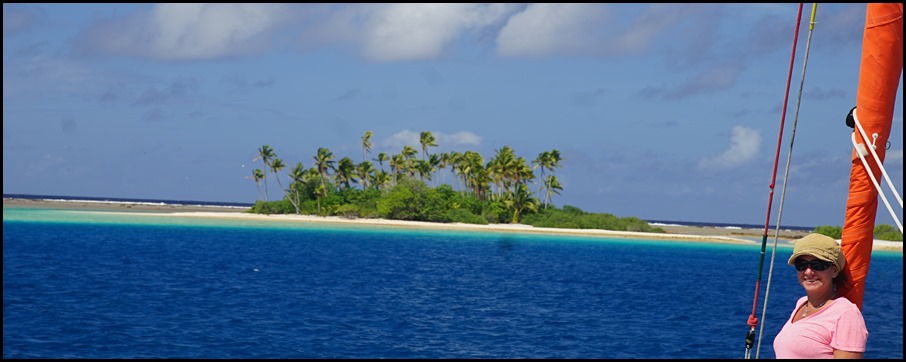
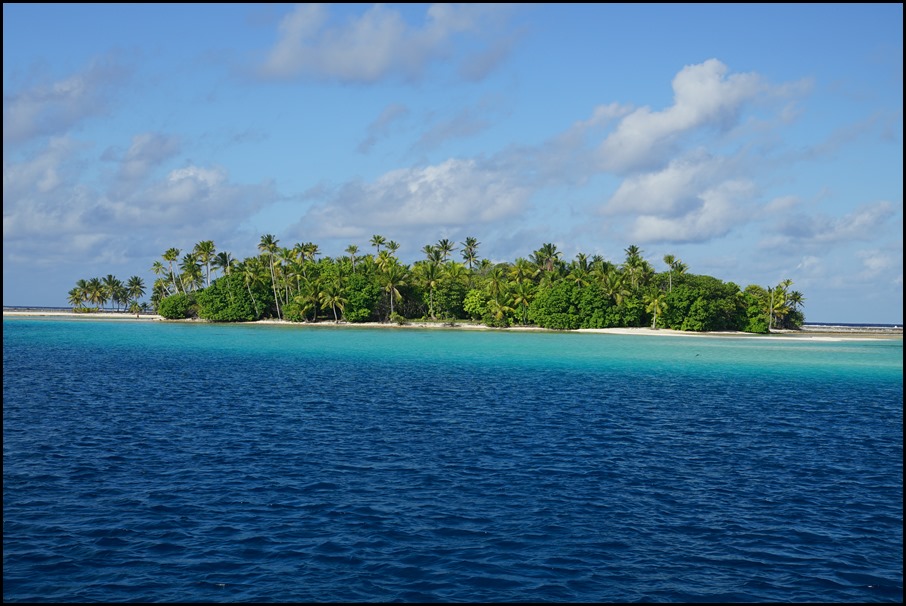
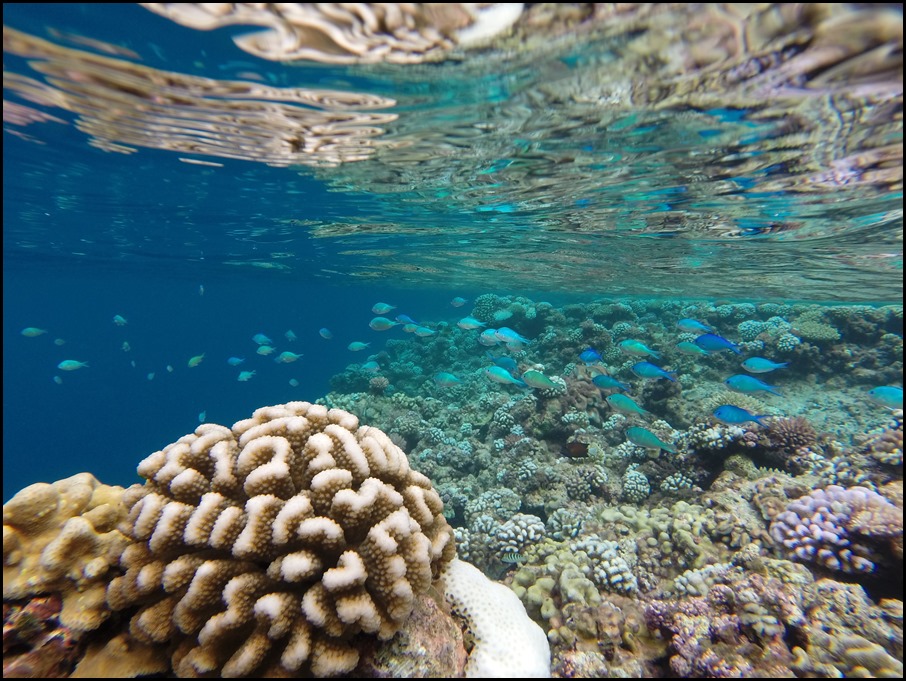
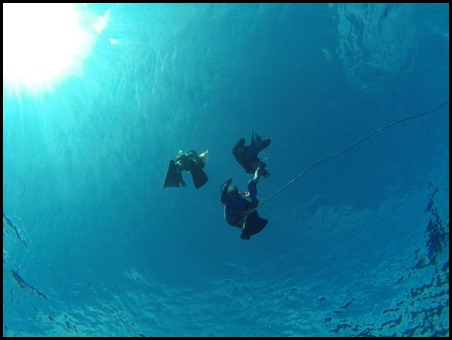
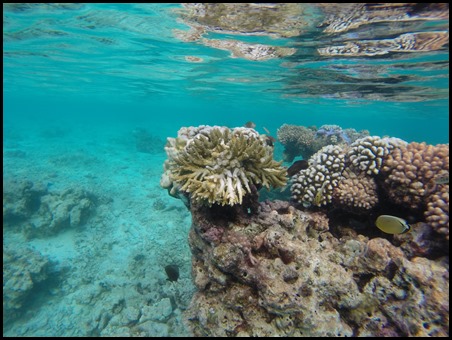
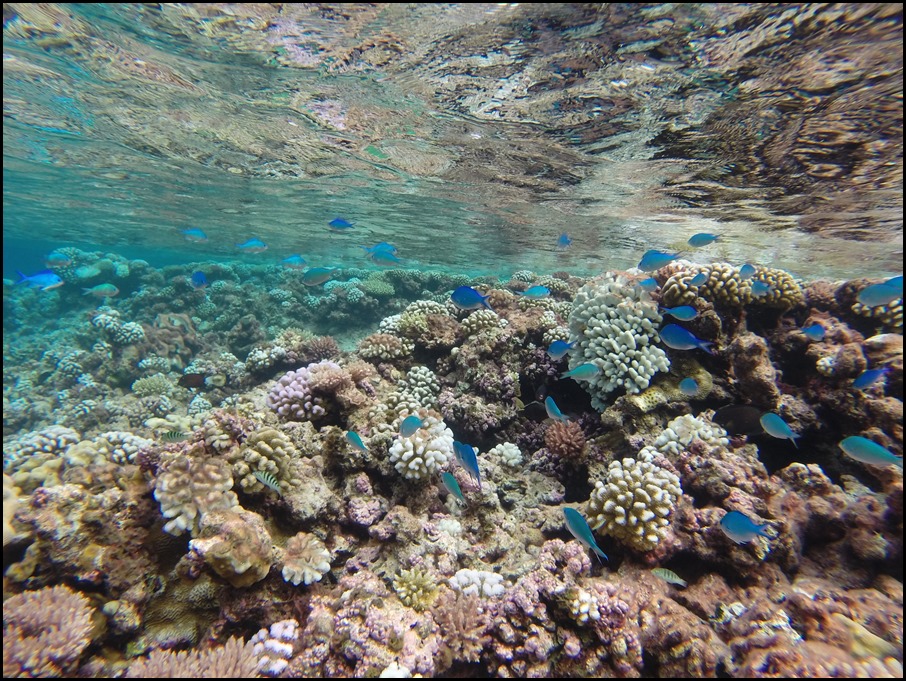
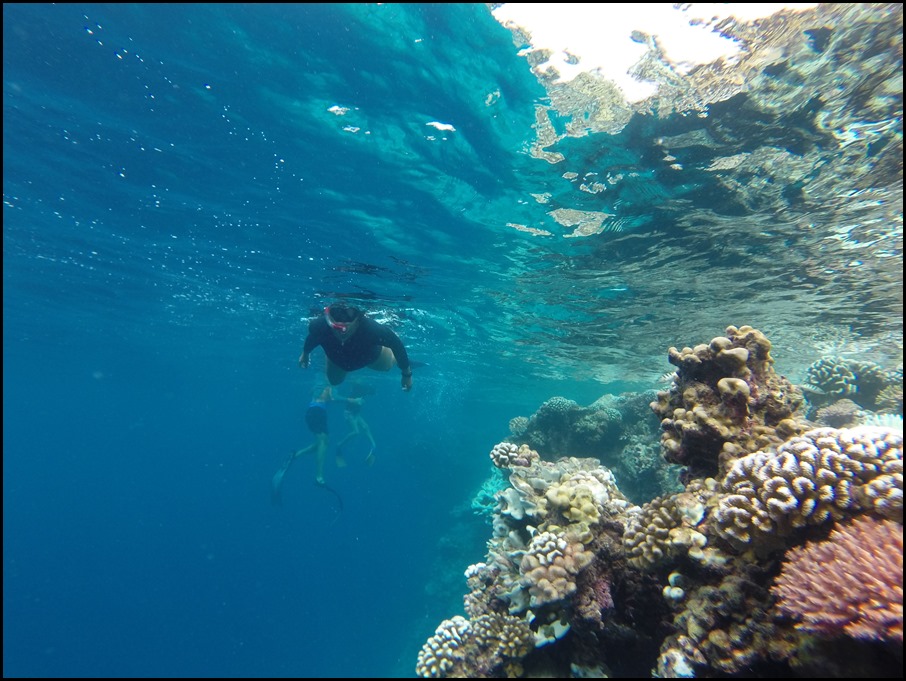
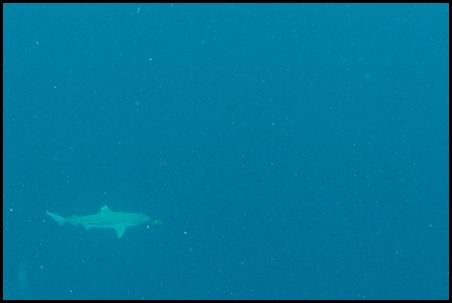
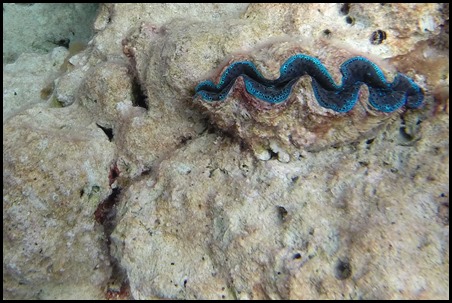
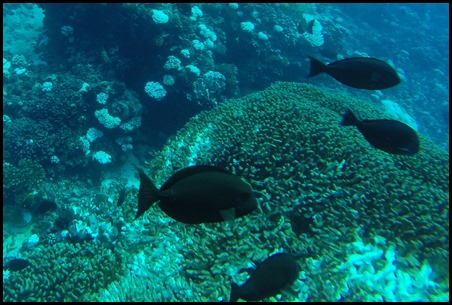
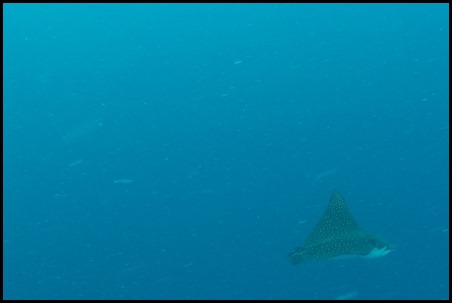
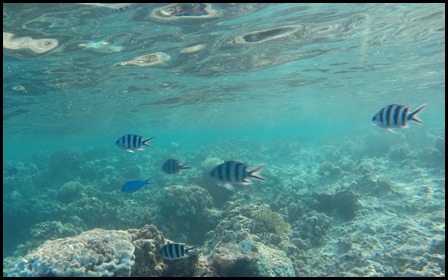
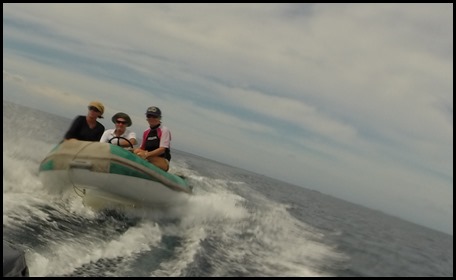
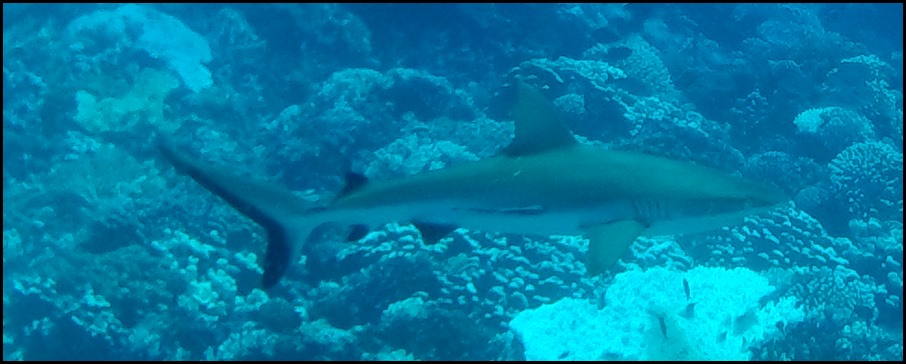
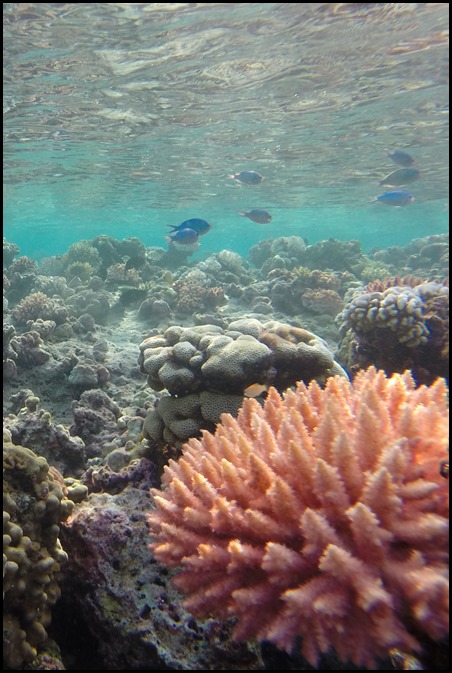
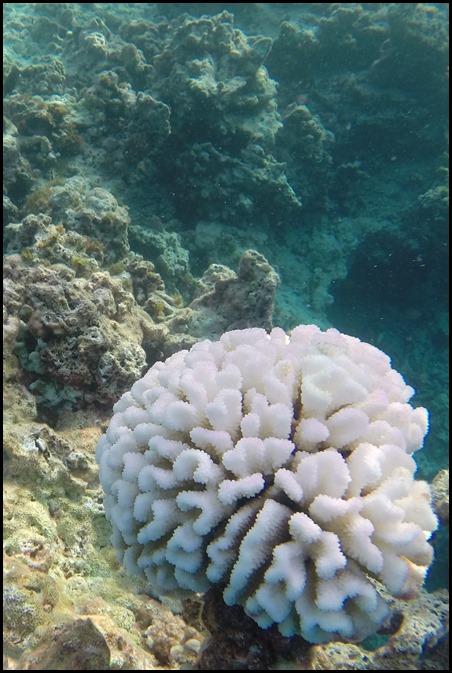

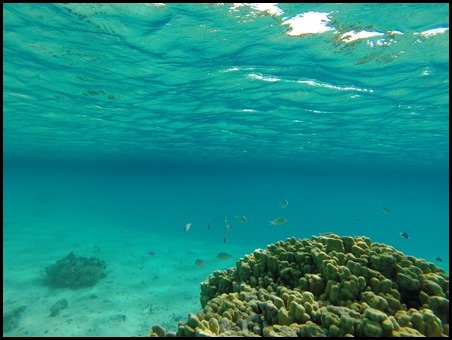
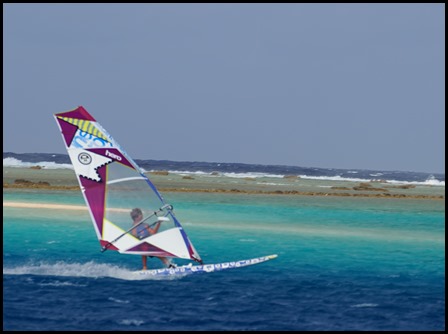
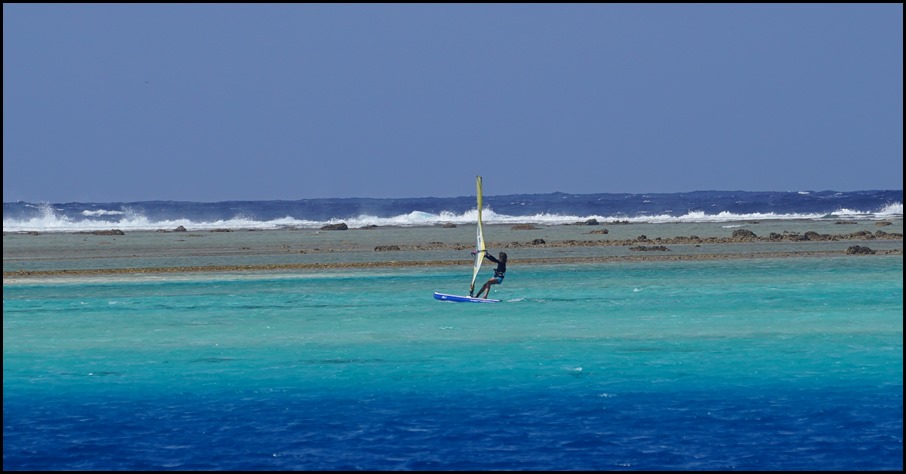
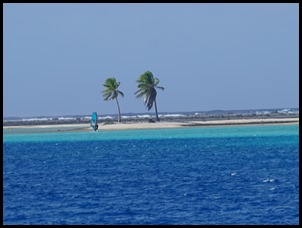
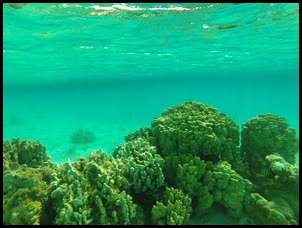
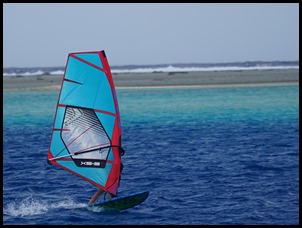
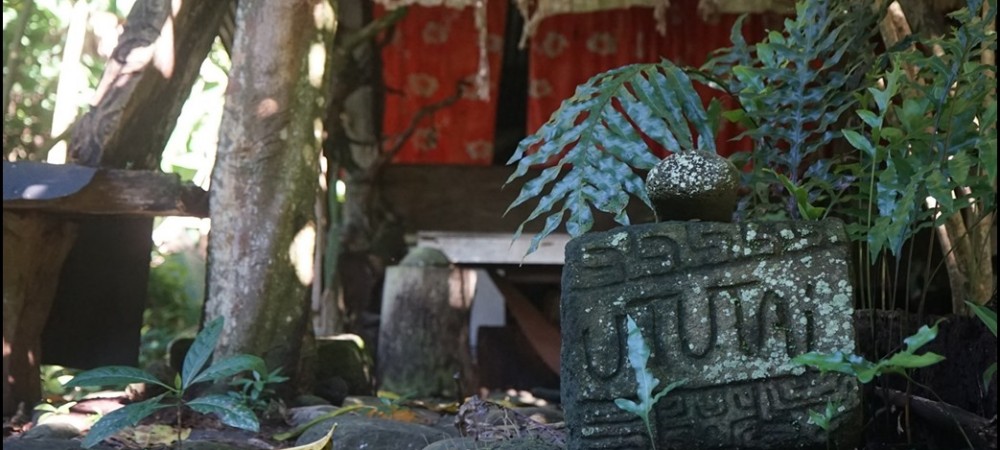
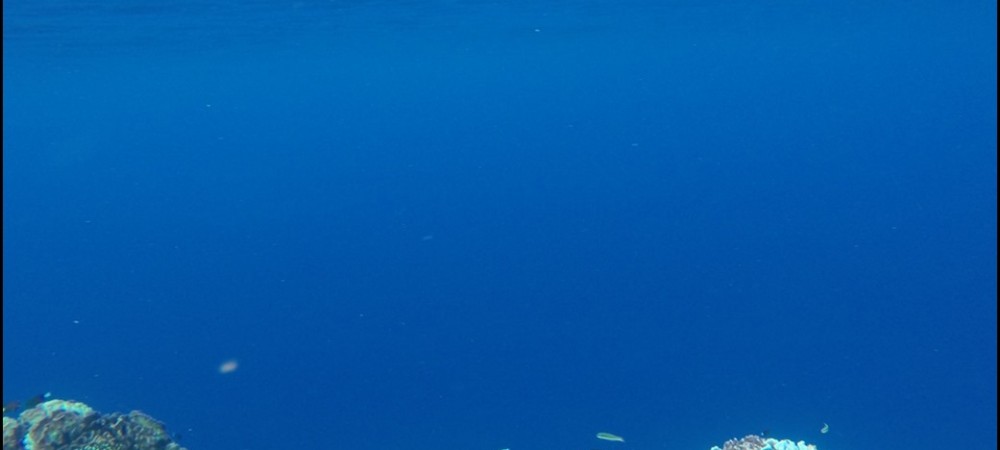
I have noticed you don’t monetize tikatravels.com, don’t
waste your traffic, you can earn additional cash every month with new monetization method.
This is the best adsense alternative for any type of website (they approve all
sites), for more details simply search in gooogle: murgrabia’s tools
Hi,
I came across your web page while searching for naked sailing in French Polynesia including the Tuamotu Atolls and your page came up. We sailed there with friends (textiles) and hoped to find an opportunity to do it again minus the clothes.
Please contact me if you are able to accommodate others on your boat (charter) or know of sailors who can.
Artopiaaz @ gmail . Com
Kindest regards,
Janine